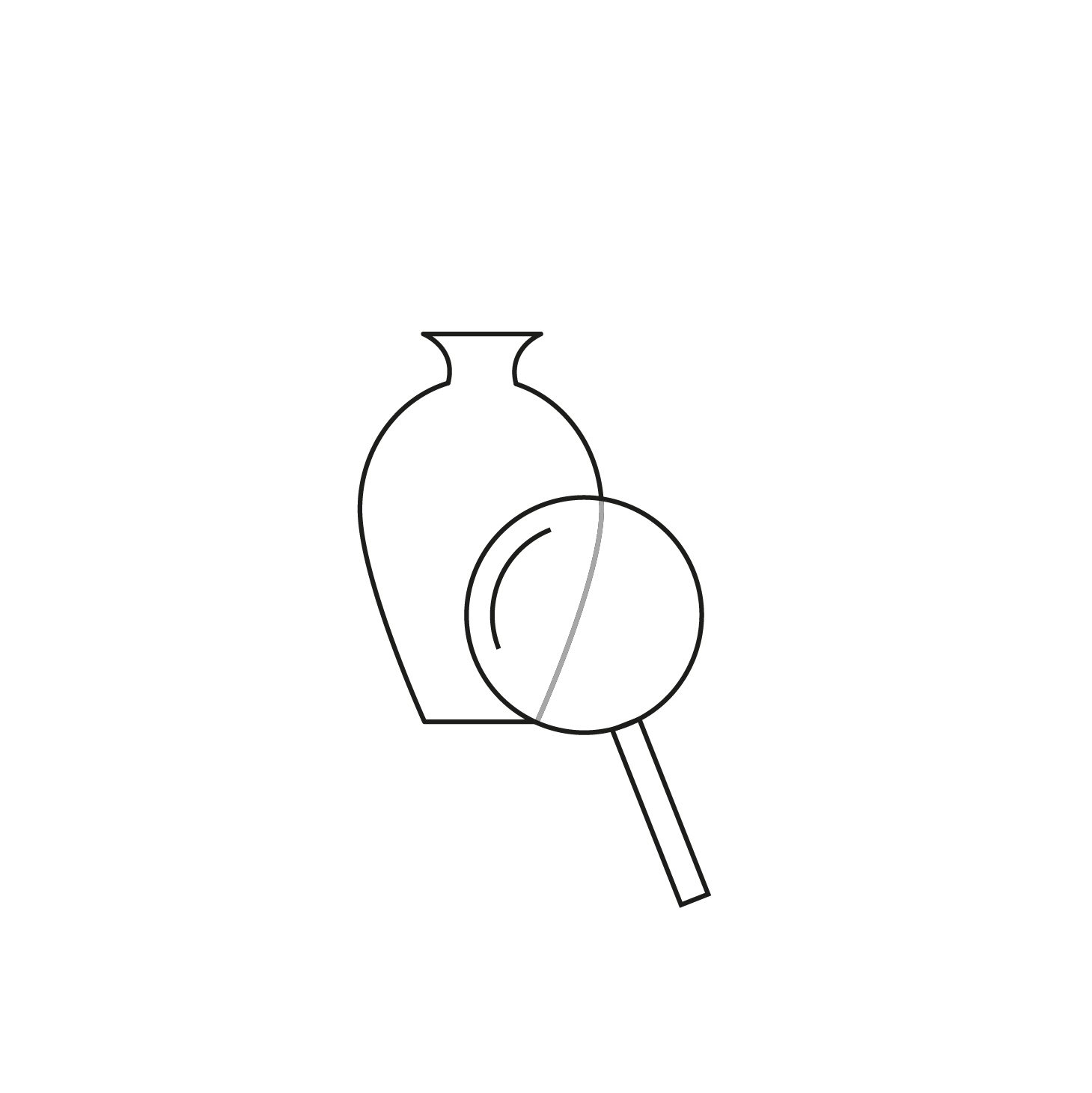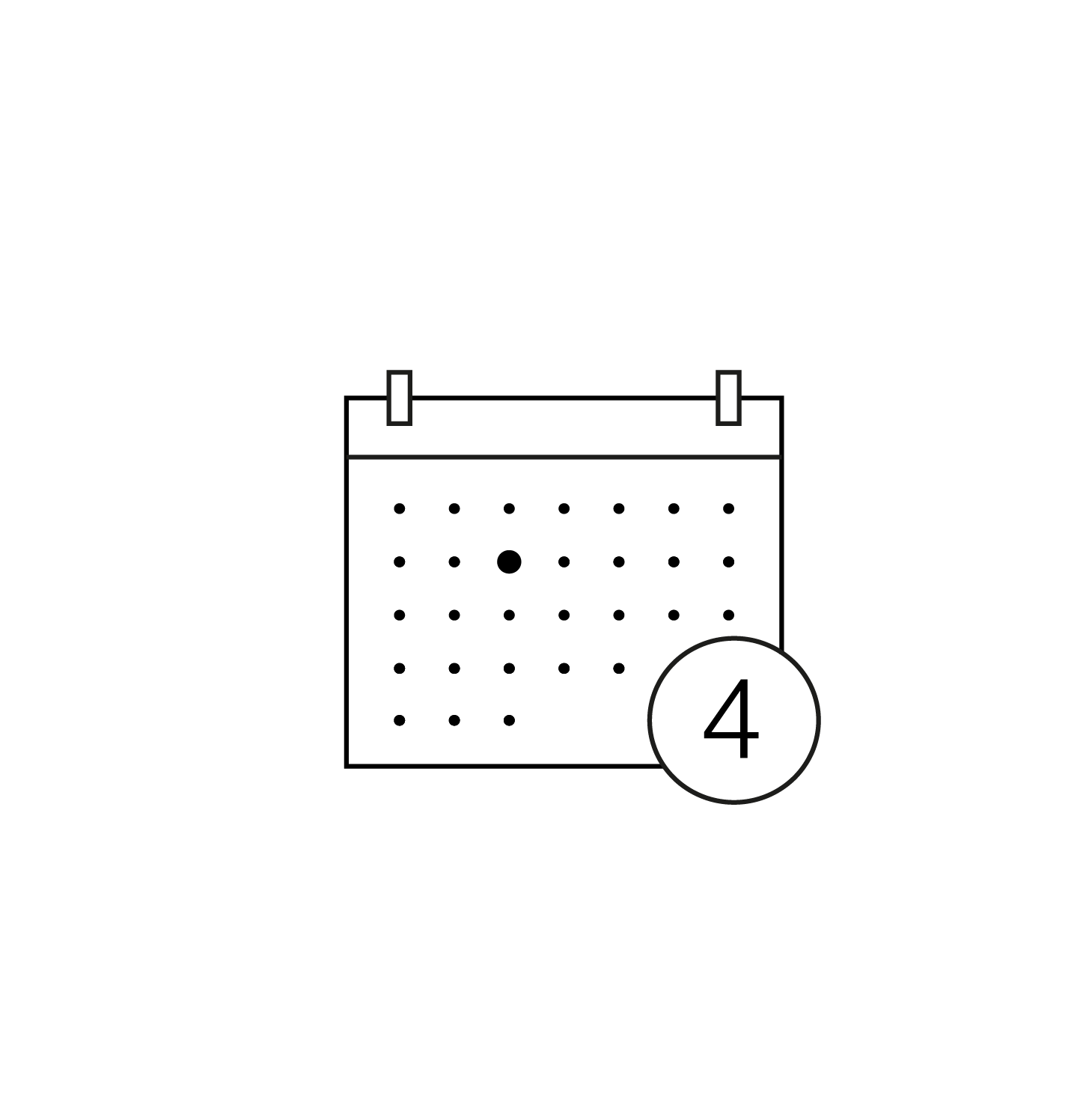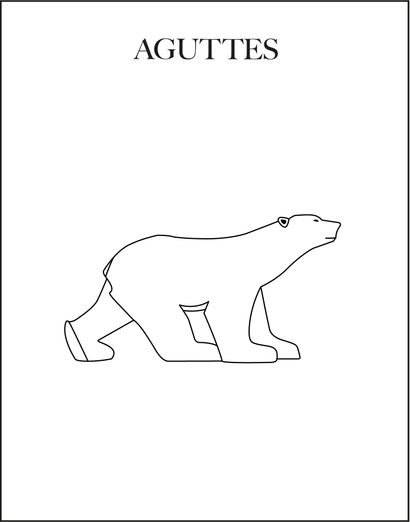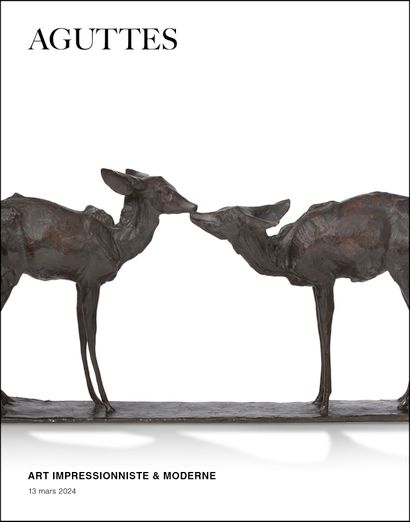Né en 1881, les débuts de Gleizes en peinture sont fortement influencés par l’Impressionnisme. Par la suite, admirateur de Cézanne, il se met à travailler sur la notion de volume et de multiplicité des points de vue. Entre 1910 et 1912, il se lie avec Metzinger, Léger et Delaunay avec lesquels il expose au Salon des Indépendants, créant le scandale avec la découverte du cubisme par le grand public. Il participe avec eux au groupe de la Section d’Or, qui développe une définition plus étroite du Cubisme parallèlement aux recherches de Braque et Picasso, et qui, sous l’influence d’André Lhote, élabore une recherche d’harmonie et de formes idéales régies par le principe du nombre d’or.
- Calendar
- Results
- Services
- Specialities
Collectors & Enthusiasts
- The auction House
- Calendar
- Results
- Services
- Specialities
Collectors & Enthusiasts
- The auction House

- #No content found
Albert Gleizes
La Première Guerre Mondiale disperse le groupe et Gleizes, démobilisé, s’installe à New-York. Il rentre en France en 1919, se tourne vers l’enseignement et la réalisation de décors monumentaux. Les œuvres que nous avons présentées lors de différentes ventes publiques aux enchères illustrent les recherches de l’artiste, notamment sur l’importance des volumes et des couleurs réparties en larges aplats. Le succès de Gleizes auprès des amateurs ne se dément pas et il réalise régulièrement d’excellents résultats d’adjudication.
Also discover
Results
Contacts

- Directeur du département
- Pierre-Alban Vinquant
- vinquant@aguttes.com
- +33 1 47 45 08 20
Request an estimate
Graceful and confidential
Newsletter
Subscribe to receive our magazine as well as the calendar of sales, exhibitions and conferences…
Only two communications per month in your mailbox.
Information
Also discover
Results
Why Aguttes?

Expertise
More than 14 specialized departments

Personalized accompaniment
Large and agile organization for the management of "top lots" and particular collections

International records
More than 60% of buyers are foreign

Culture of excellence
More than 150 lots sold at more than 100 000€ in 2022

Frequency of sales
4 annual auctions by specialty




